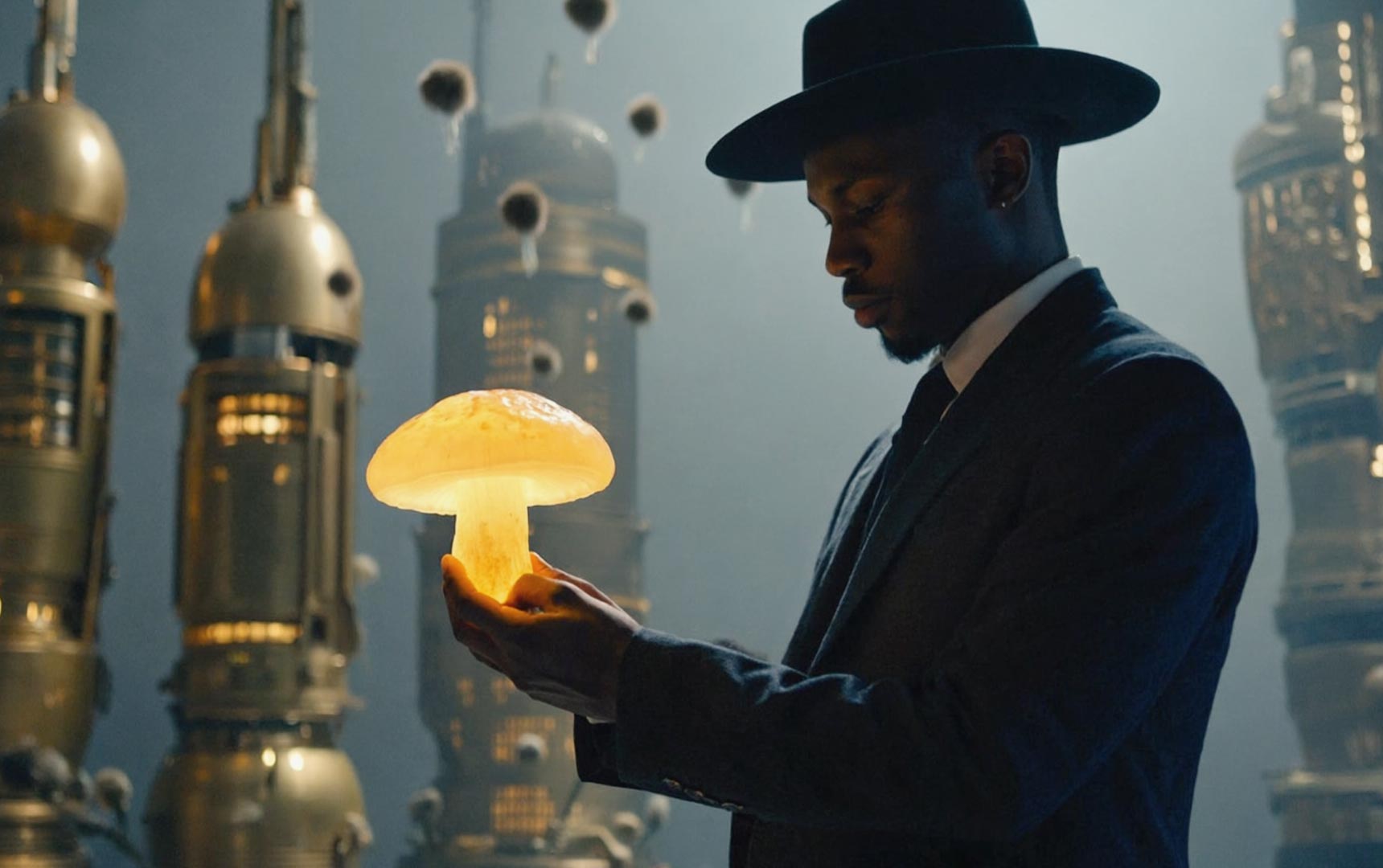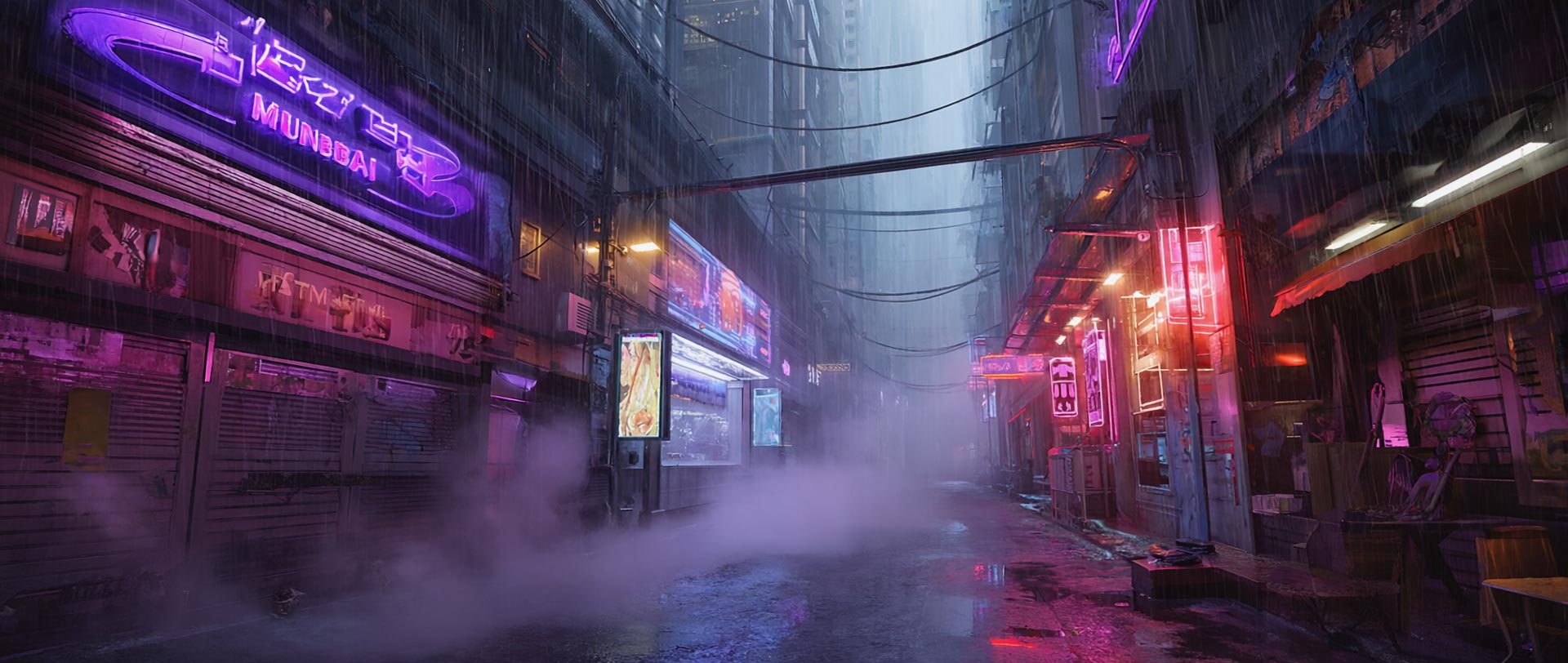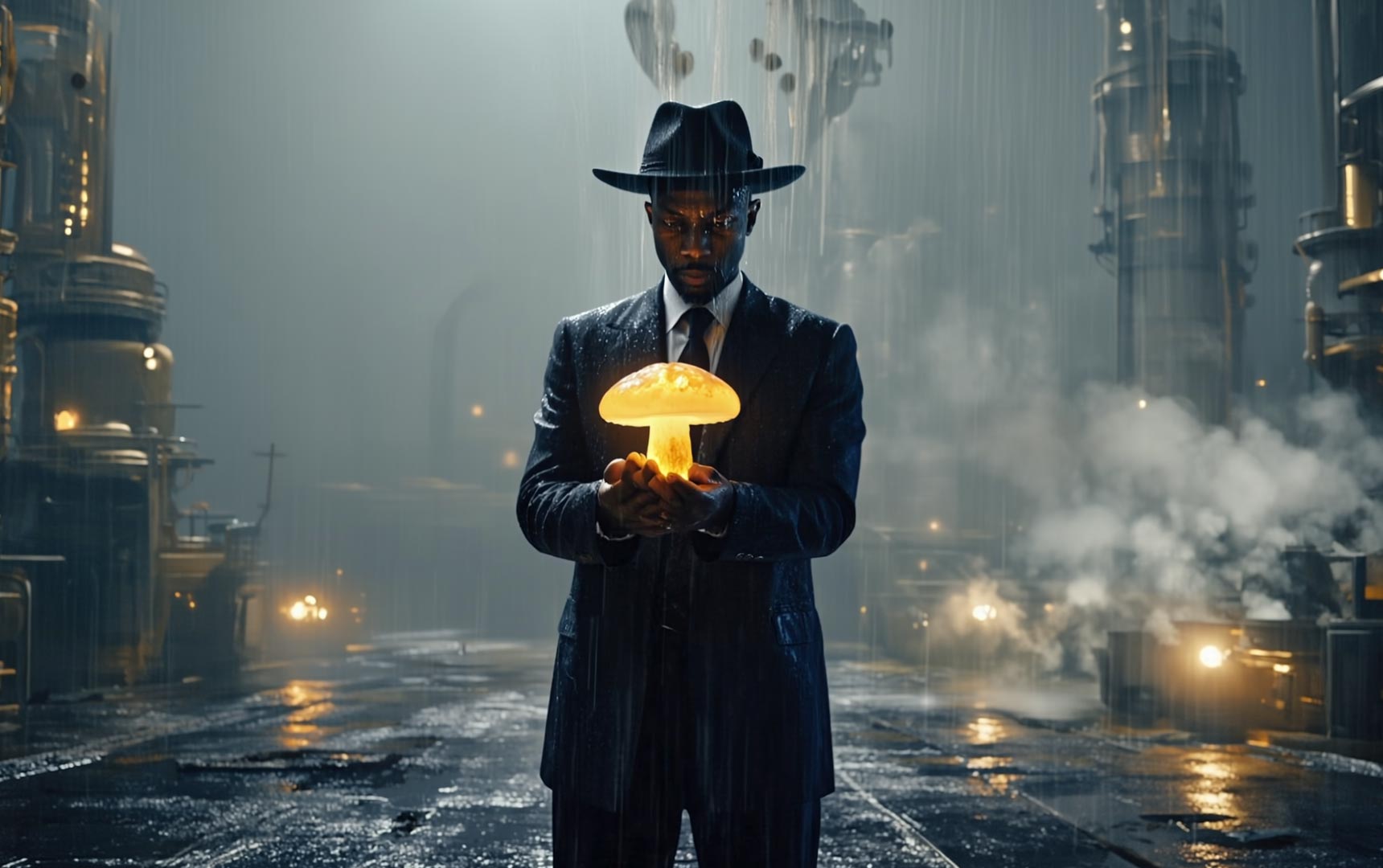When AI Writes the Script… and Directs the Movie Too. Picture this: You’re sitting on your couch with a bowl of popcorn, watching a suspenseful short film about time-traveling cats. Halfway through, you gasp because the lead character? He looks suspiciously like your neighbor… and he’s talking just like your boss. Sounds like sci-fi? Not anymore. Welcome to the era where you don’t just consume stories; you co-create them, guided by the mind-blowing magic of generative video. AI tools like ChatGPT aren’t just writing dialogue; they’re scripting, animating, editing, and rendering entire videos from scratch.And the best part? You don’t need a $10K camera, a Hollywood crew, or years of film school. Just a good idea… and a solid foundation in AI storytelling.
Let’s say you want to tell a story about a dystopian society where dreams are taxed. Traditionally, you’d brainstorm, write a script, edit drafts, pitch, produce… exhausting. But with AI tools like ChatGPT, you enter a simple prompt: “Create a sci-fi short about a teenager rebelling against a government that taxes dreams.”. Within seconds, you’ve got a structured script with dialogue, scenes, character arcs, and even mood suggestions. You can tweak the tone like dark, satirical, or hopeful. AI doesn’t just help; it becomes your co-writer. For students, this hands-on creativity unlocks new career paths, screenwriting, concept development, and even indie film direction using AI as the ultimate brainstorming partner.

Now that you have a script, what’s next? Time to visualize it. Generative video models like Runway ML, Pika, and Sora can transform your written scenes into cinematic visuals. Describe a scene: “A neon-lit alley in futuristic Mumbai during monsoon,” and watch AI animate it. No camera. No VFX team.This means you can storyboard your entire film in hours, not weeks. And because it’s all digital, tweaking scenes is as easy as rewriting a line.Take the example of a short film made entirely using AI tools: a creator imagined a noir detective in a mushroom-powered steampunk city. Using just script inputs and AI-generated frames, they created a 5-minute animated short without drawing a single frame or filming a scene. Imagine the power in your hands when you learn how to harness this in classes. It’s not just text prompts; it’s about learning how to craft visual language through code and creativity.

Alright, you’ve got visuals. But what about voices? With AI voice generation, you can assign personalities, accents, and emotions to your characters. Want your robot sidekick to sound like Morgan Freeman? Done. Need a nervous squirrel with a French accent? Voilà. Better yet, you can now direct the delivery. Want sarcasm? A dramatic pause before the final word? AI voice tools let you fine-tune performance like a pro voice director. A student project in an AI class recently showcased a short drama voiced by entirely AI-generated narrators, including a grandmother, a young boy, and a sarcastic GPS system. The twist? The student voiced none of them but crafted each performance using text input and emotional tone commands. Now that’s script-to-screen and sound.

All Done by AI Post-production used to be the bottleneck. Not anymore. AI now edits for pace, color grades based on genre (want your rom-com to have that pastel vibe?), adds transitions, background music, and even sound effects. Let’s say your character walks into a forest. The AI can add rustling leaves, distant owl hoots, and sunlight filtering through trees, all based on the context of your scene. In fact, AI editing is now so intuitive, it can automatically adjust pacing based on emotional beats in the story. If a scene is meant to feel tense, it slows transitions, deepens shadows, and intensifies music.When you learn these tools in an Artificial Intelligence class, you’re not just learning editing; you’re mastering automated cinematic intuition.
The best part of AI video tools? You don’t have to wait weeks to see if your story works. You can prototype an entire video in a day, share it, gather feedback, and revise. Let’s say your first version doesn’t land emotionally. No problem. You tweak the dialogue, adjust the soundtrack, swap out visuals, and re-render. Want to create three endings and test them with an audience? AI lets you do that in a single afternoon. This opens massive doors for creators, marketers, educators, and even activists. Imagine pitching an idea to clients or investors visually within 24 hours. Or creating interactive storytelling for social causes, where viewers choose paths all powered by AI. It’s like having your own digital studio. And it all starts by learning how to think, prompt, and iterate with generative tools.
Generative video isn’t a gimmick; it’s your future toolkit. From scripting with ChatGPT to visualizing scenes with AI video models to adding voice, effects, and editing, you now have the power to tell high-quality stories faster and better than ever. And this power isn’t limited to filmmakers. Marketers, educators, content creators, and anyone who tells stories can unlock next-gen engagement with these tools. Here’s the truth: mastering AI in storytelling isn’t optional anymore. It’s the new literacy. The sooner you learn to speak this language, the more creative freedom you unlock. Ready to become the next-gen creator? Check out the Artificial Intelligence class offered at Studio Arts. Whether you’re into film, design, animation, or marketing, this is where your story begins.
